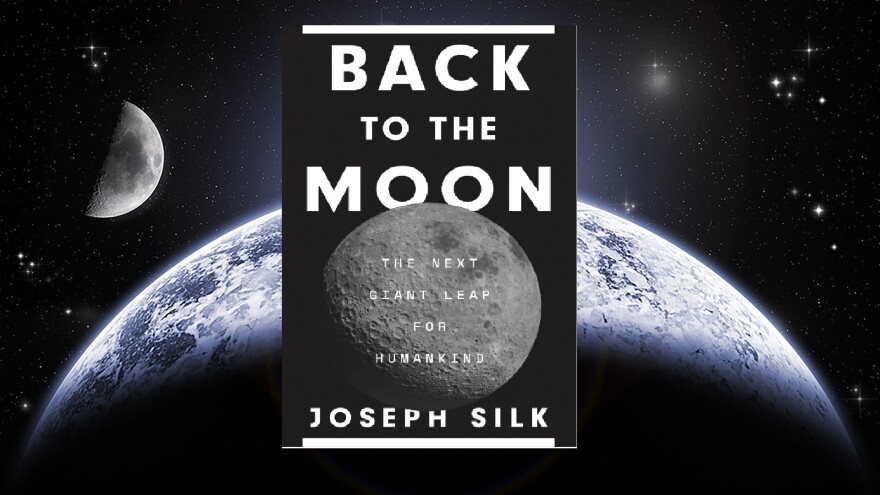It’s been over 50 years since a man has stood on the moon, but with the NASA Artemis Program, humanity is returning.
Following two Artemis test missions, Artemis III, currently planned for 2025, will make history by sending the first humans to explore the region near the lunar South Pole.
NASA’s Orion spacecraft will be the crew’s ride to and from Earth and into and out of lunar orbit. NASA has selected SpaceX to provide the human landing system that will transport Artemis III astronauts from Orion in lunar orbit to the surface of the Moon and back again.
NASA has its sights set on locations around the South Pole for the Artemis era of human lunar exploration. Extreme, contrasting conditions make it a challenging location for Earthlings to land, live, and work, but the region’s unique characteristics hold promise for unprecedented deep space scientific discoveries.
Unlike during NASA’s Apollo missions, this time, humanity will be on the moon to stay. The moon could be teeming with activity: hotels and villages, lunar mining, ports into deeper space, and giant telescopes that could make the James Webb technology look amateur, said Johns Hopkins astrophysicist Joseph Silk.
"We will build on the Moon. We will colonize the Moon. We will exploit the Moon. We will do science on the Moon," Silk writes in his new book, Back to the Moon: The Next Giant Leap for Humankind (Princeton University Press, November 2022). "Lunar science will open up new vistas on the most profound questions we have ever posed."
A professor of physics and astronomy at Johns Hopkins, Silk has penned previous books on the big bang, infinity, and other weighty cosmological topics, turning highly technical material into accessible prose. In Back to the Moon, he posits that the moon, in fact, offers our only pathway to surpassing the current limits of astronomy. "We're running out of resources on Earth for it," he says, "but the moon provides a site for achieving much more."
Guest:
Joseph Silk, is the author of Back to the Moon: The Next Giant Leap for Humankind. He has written or co-authored more than 500 publications. Silk is Homewood Professor of Physics and Astronomy at Johns Hopkins. He studied at Cambridge, earned his PhD from Harvard in 1968, was a postdoctoral fellow at Cambridge and Princeton, and taught at the University of California, Berkeley, and the University of Oxford.
"The Source" is a live call-in program airing Mondays through Thursdays from 12-1 p.m. Leave a message before the program at (210) 615-8982. During the live show, call 833-877-8255, email thesource@tpr.org or tweet@TPRSource.
*This interview will be recorded on Thursday, March 23.



